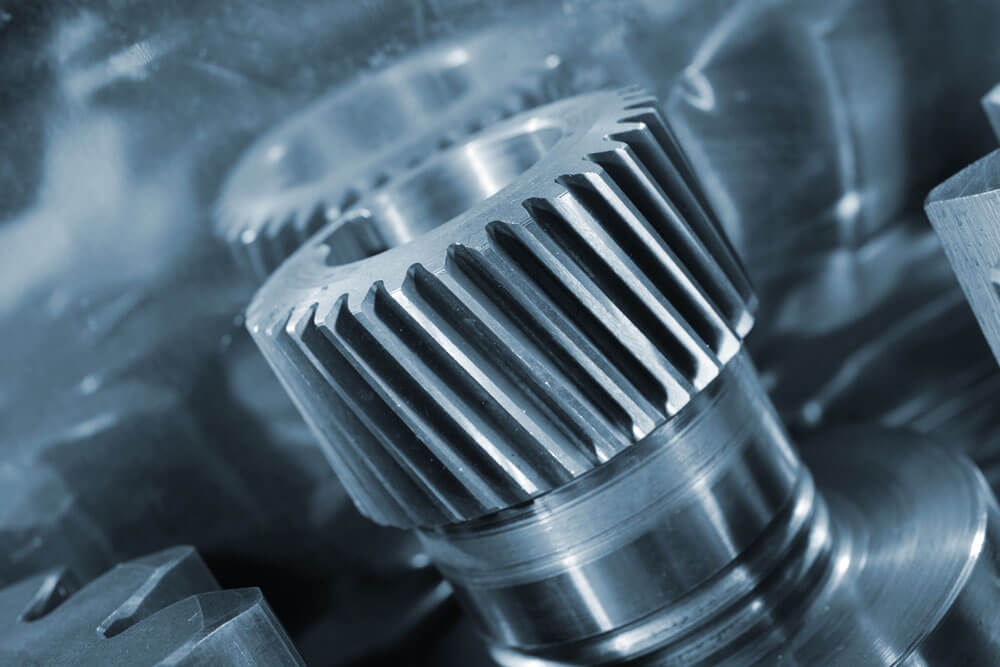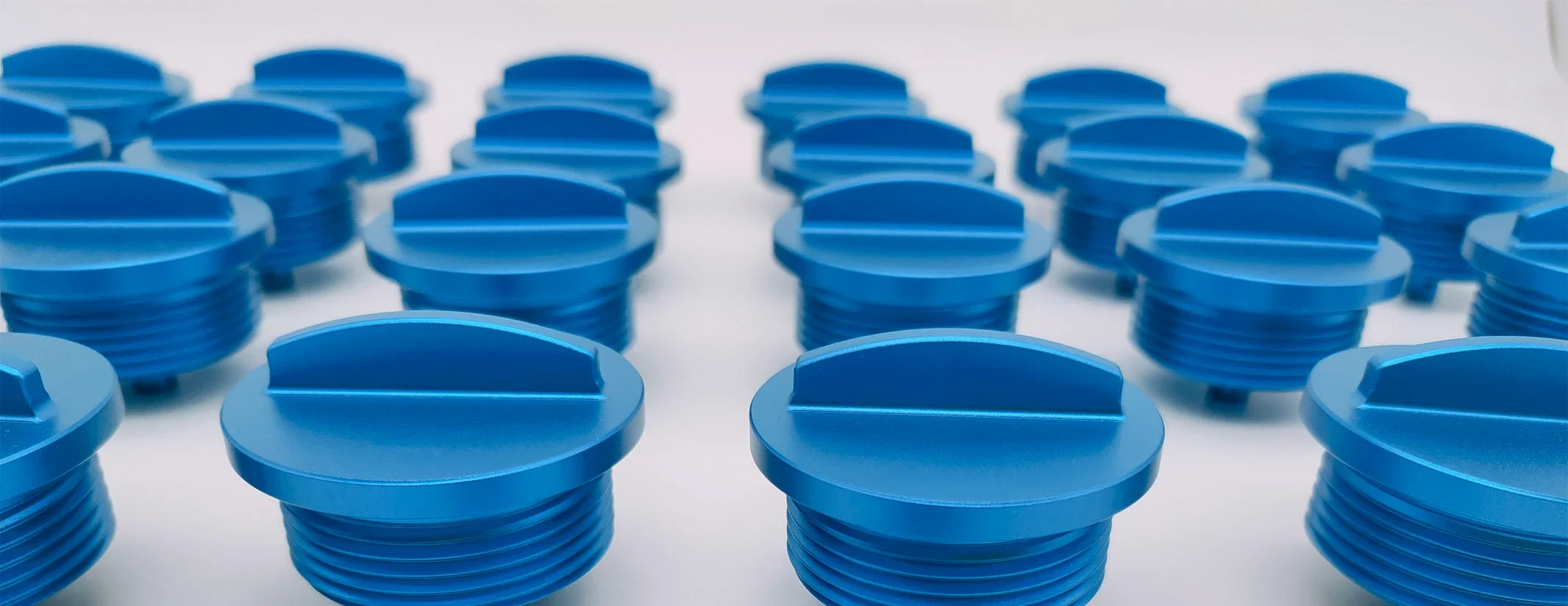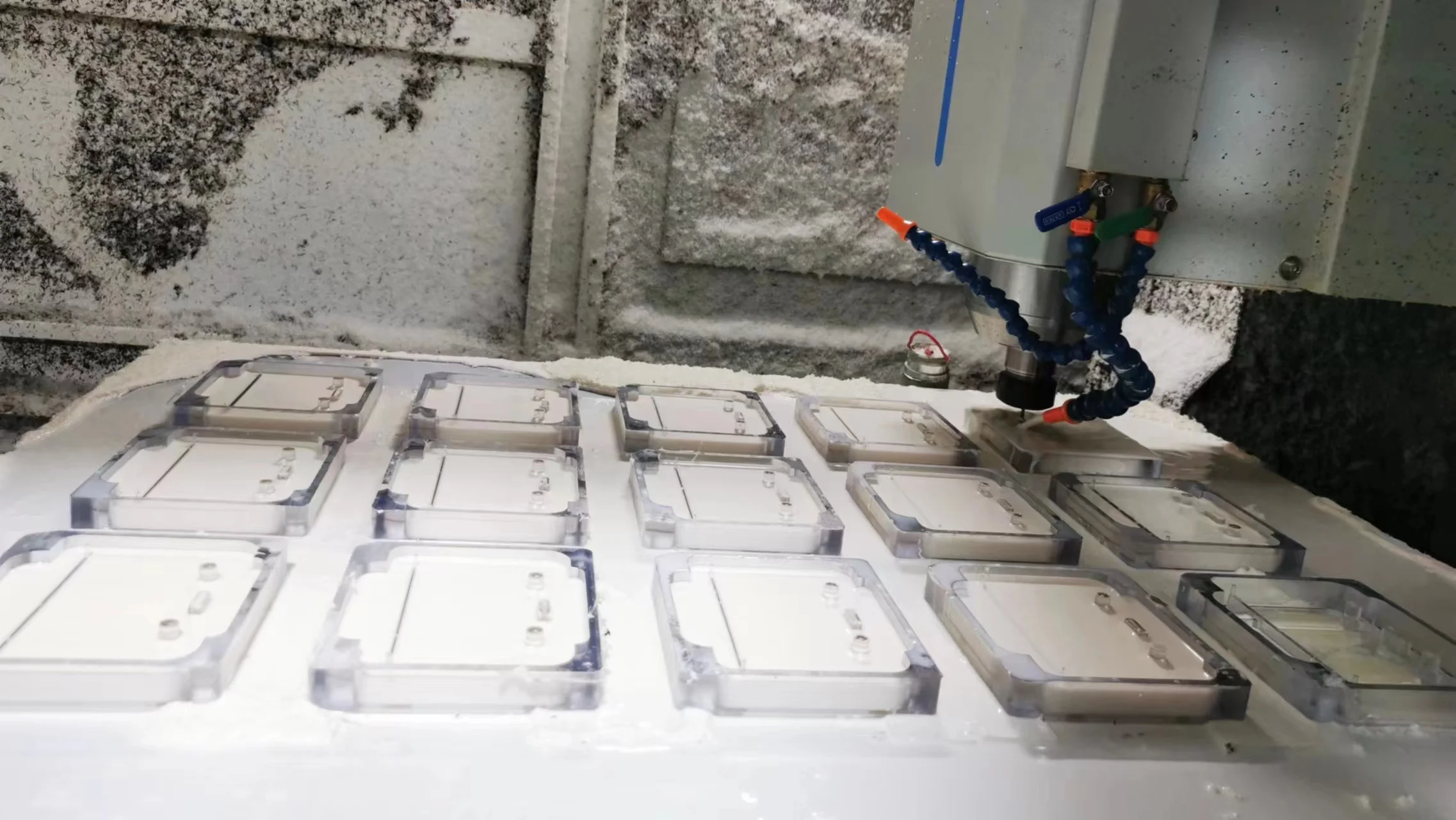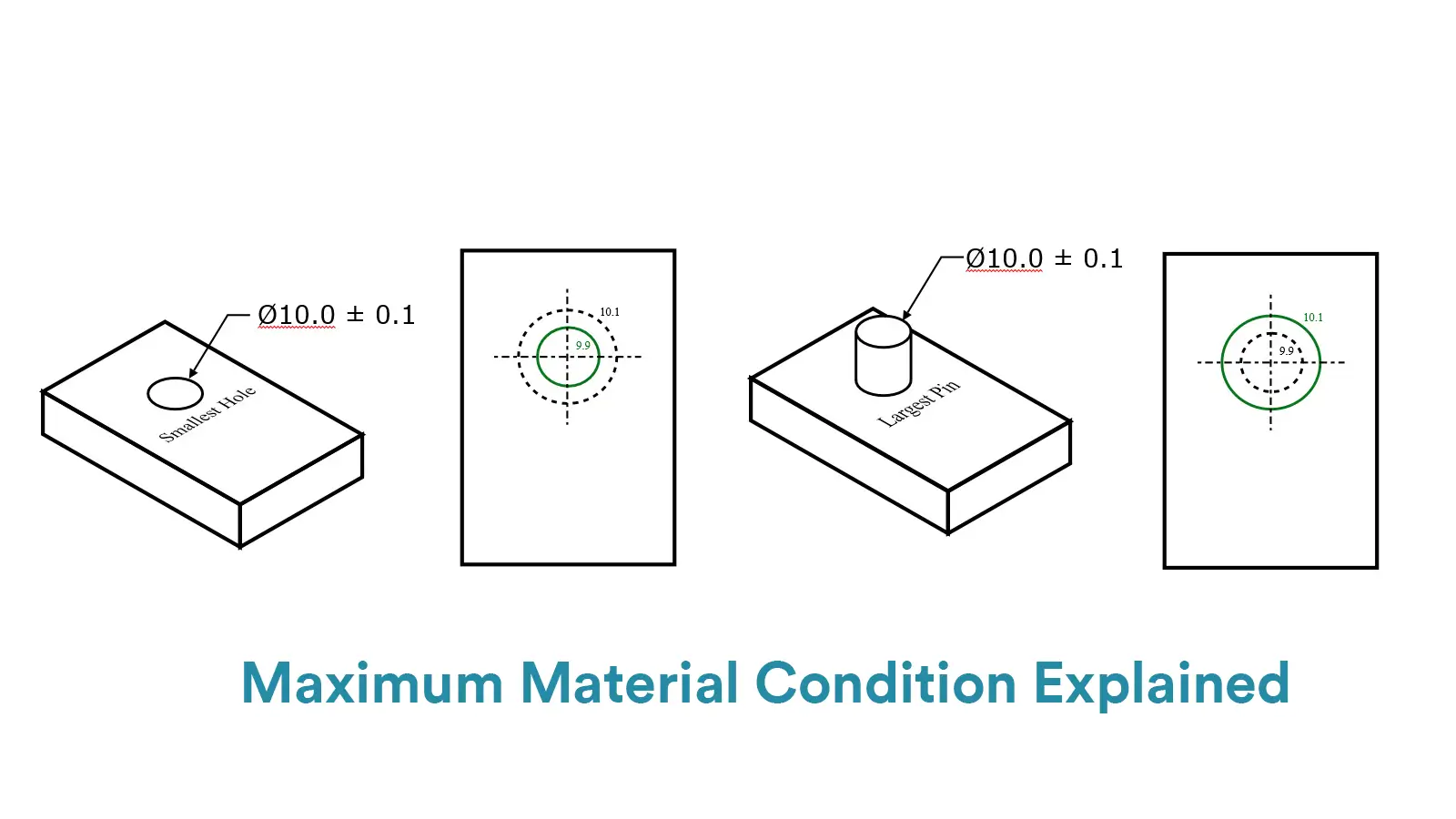Table of Contents
When we talk about the surface finish for aluminum parts, including CNC machining, extrude or mold casting. Anodizing is the most common type, this finish can help to remove the surface defect and offer great appearance, such as iphone and ipad case. Sand blasting the pre-process for anodizing, this steps can offer proper roughness and metallic texture.
In this post, we will explain the sand blasting process for aluminum part, including the cause, main type and some useful tips for beginners.
1. What Is Sandblasting Aluminum?
A sandblasted CNC aluminum part refers to an aluminum component that are machined via CNC (Computer Numerical Control) equipment, such as CNC milling machine, CNC lathe, CNC milling-turning center, followed by a sandblasting surface treatment.
Sandblasting in CNC aluminum parts involves using a sandblasting machine to propel abrasive materials (commonly glass beads, aluminum oxide, etc.) at high speed onto the surface of the aluminum part with the help of compressed air.
Sandblasting process helps remove machining marks, deburr sharp edges, clean the surface, improve texture, and prepare the part for subsequent treatments such as anodizing or painting.
From this definition, we can see that CNC-machined aluminum parts, sandblasting machines, and abrasives are the fundamental elements of the sandblasting process.
The main purposes are to remove tool marks and burrs, enhance surface finish, and usually serve as preparation for further surface treatments.

2. Benefits of Sandblasting Aluminum Parts
CNC machined aluminum parts are often sandblasted prior to anodizing, and the benefits of sandblasting can be summarized as follows:
2.1 Removes Machining Marks and Evens Out the Surface
By sandblasting you can eliminate CNC tooling marks, scratches, or minor unevenness, and ensure a uniform color/texture after oxidation (especially critical for matte or dyed surfaces).
If you look carefully at high-end consumer product housings (e.g., cell phones, computers, stereo panels), you will see that they are sandblasted.
2.2 Removes Surface Scratches
Improper handling during production may result in surface scratches on CNC-machined parts. Sandblasting effectively removes these imperfections and restores a clean surface.
2.3 Improves Coating Adhesion
Slightly roughening the surface enhances the bonding strength between the anodized layer and the machined parts, which helps the anodic film absorb color consistently. This is especially important for Hard Anodizing.
To sum up, for applications with high requirements for color uniformity, wear resistance, and coating adhesion, sandblasting is one of the most cost-effective and reliable pre-treatment methods before anodizing CNC aluminum parts.

3. When Is Sandblasting Not Required for Aluminum Parts?
Although aluminum parts are often sandblasted before anodizing during production, sandblasting is not always a necessary step. In the following cases, sandblasting should be avoided:
3.1 When a Bright or Mirror Finish Is Required
Sandblasting produces a matte surface. If the customer requires a glossy or mirror-like finish, sandblasting should be skipped. Instead, the part should be polished or chemically brightened before anodizing.
3.2 When Surface Roughness Requirements Are Strict
Sandblasting increases the surface roughness (Ra value), so it is not compatible with tight Ra requirements such as Ra 0.8 or Ra 1.6. In these cases, the surface finish should be controlled through fine machining or polishing. Sandblasting is typically specified by the grit size of the blasting media, not by Ra.
3.3 When Decorative Machining Patterns Are Required
If the customer requests CNC-engraved textures, brushed finishes, or decorative surface patterns, sandblasting should be avoided, as it will blur or completely remove these fine details.
3.4 When High Sealing Performance Is Required (e.g., Hydraulic Components)
In our experience with a large number of hydraulic piston projects, customers specifically request no sandblasting on aluminum parts.
Components requiring high sealing integrity need smooth, flat sealing surfaces. Sandblasting creates a matte, roughened surface, which can compromise sealing performance for O-rings, sealants, or metal-to-metal seals.
Additionally, blasting media (e.g., aluminum oxide particles) may remain in threaded holes, through-holes, or sealing grooves if not thoroughly cleaned. These residues can interfere with assembly and sealing.
Lastly, sandblasting may slightly alter critical dimensions. High-pressure blasting can subtly erode precision-machined surfaces, potentially affecting tight tolerances—this is especially critical for hydraulic pistons and similar parts.
3.5 When Certain Areas Must Not Be Blasted
For some components, specific areas must remain unblasted due to assembly or functional requirements.
There are two main approaches to handle this:
3.5.1 Masking the surface before sandblasting using protective tape or rubber caps.
3.5.2 Post-machining, where extra machining allowance is left on critical surfaces; after overall sandblasting, the masked areas are re-machined to remove the blasted surface.
The second method is more complex but sometimes necessary for critical surfaces.
At ECOREPRAP, we have extensive experience in handling such special requirements. If you have sandblasting aluminum parts that require partial or selective sandblasting, feel free to contact us for professional advice and competitive pricing.

4. Manual Sandblasting Machines vs. Automatic Sandblasting Machines
CNC-machined aluminum parts can be sandblasted by either manual or automatic sandblasting machines.
4.1 Manual Sandblasting Machine
Manual sandblasting involves an operator holding a spray gun to blast abrasive material onto the workpiece. It typically uses an open or semi-enclosed sandblasting cabinet equipped with a dust removal system.
Advantages of manual sandblasting machine:
High flexibility: suitable for workpieces of various shapes, sizes, and complex structures
Lower initial cost and equipment investment
Full manual control over blasting angle, distance, and speed
Disadvantages of manual sandblasting machine:
Lower efficiency, highly dependent on operator experience
Inconsistent surface results: prone to uneven shading or localized over-blasting
Operator fatigue over time may affect quality consistency
4.2 Automatic Sandblasting Machine
An automatic sandblasting machine uses a program-controlled system to move the spray gun and convey the workpieces through a fully enclosed system. It integrates automated loading, blasting, dust removal, and media recycling.
Advantages of automatic sandblasting machine:
Excellent consistency and uniform surface finish, ideal for anodizing and dyeing
High efficiency and continuous production capability
Reduces human error and improves yield rate
Disadvantages of automatic sandblasting machine:
High initial equipment investment
Less suitable for extremely complex or non-standard parts
Requires technical support for programming and fixture adjustment
Below is the table to compare the two types of sandblasting machines.
| Manual Sandblasting Machine VS Automatic Sandblasting Machine | ||
| Item | Manual Sandblasting Machine | Automatic Sandblasting Machine |
| Applicable Output | Small batch (<1000 pcs/month) | Large batch (>5000 pcs/month) |
| Surface Consistency | Relies on operator experience; larger variation | Program-controlled; Ra variation < ±0.2 μm |
| Per-Unit Cost | High (labor-intensive) | Low (equipment cost amortized over scale) |
| Typical Applications | Small batch production, complex shapes, experimental or local fine processing | Mass standardized production, high-precision surface finishing (e.g. phone housings, automotive parts, precision components) |
| Equipment Cost | USD 1,500–15,000 | USD 30,000–300,000 |
5. Wet Blasting vs Dry Blasting Aluminum
Blasting is a process where blasting media is fed into a chamber that is connected to a pressurized air supply. The pressurized mixture of air and blast media travels through a blast hose and is then fired out through a blast gun directed onto the surface. On impact, the particles dimple the surface causing the removal of coatings previously applied.
5.1 Wet Blasting Advantages and Disadvantages
Advantages
Wet blasting is similar to dry blasting except that for wet blasting, and a liquid is used in the blasting process instead of air. When dry blasting, friction generates heat when the abrasive material hits the prepared surface.
This heat can result in a lower-quality finish, especially for delicate materials. Wet blasting solves the heat problem because water acts as a coolant. Wet blasting is also safer than dry blasting because it does not produce dust.
Disadvantages
The disadvantage of wet blasting is that you must apply the protective coat quicker than you would for a dry-blasted aluminum profile. Applying the coat quicker ensures that the applied coat adheres to the surface well before the formation of the natural oxide layer.
Another drawback of a wet blast system is its higher initial costs. There are also application restrictions and potential issues containing the spent blast media.
5.2 Dry Blasting Advantages
Dry blasting is more affordable because it doesn’t require additional equipment or the containment and removal of water and wet waste.
Dry blasting is more versatile. It can be done in a larger variety of locations and requires less preparation and equipment.
6. Best Media for Sandblasting CNC Aluminum Parts
Common sandblasting media include glass beads, white fused alumina (aluminum oxide), ceramic beads, plastic media, and walnut shells.
Glass beads are relatively gentle and suitable for applications requiring smooth surface finishes. Aluminum oxide is harder and suitable when a higher surface roughness is needed. Silicon carbide is even harder and used for aggressive blasting, but it may be too harsh for aluminum.Plastic media is often used for deburring while minimizing surface roughness change.
So, what is the best blasting media for CNC aluminum parts? The answer is: glass beads.

6.1 Suitable Hardness for Aluminum
Aluminum alloys have relatively low hardness (HB 60–95). Media with excessive hardness (e.g., silicon carbide) may cause over-blasting or damage the surface.
Glass beads have moderate hardness (Mohs ~6), which is firm enough to clean and finish without embedding into the surface or altering the dimensional accuracy.
6.2 Satin Finish
Glass bead blasting produces a uniform and soft satin finish with a pleasant silver-gray appearance, which is highly desirable for consumer-grade aluminum parts.
6.3 Anodizing Compatibility
Glass beads are made from lead-free borosilicate glass, containing no iron or heavy metal contaminants. This ensures a clean surface that won’t interfere with anodizing quality.
6.4 Reusable and Eco-Friendly
Glass beads are durable and can be reused 10–30 times or more, making them economical and environmentally friendly.
6.5 Safe and Operator-Friendly
Glass beads are non-toxic and generate less dust than many alternatives, which contributes to a safer working environment.
6.6 Improves Surface Fatigue Resistance
Glass bead blasting has a mild peening effect, which can reduce surface stress concentration and improve fatigue strength by redistributing residual stress on the metal surface.
7. Blasting Media Grit Selection for CNC Aluminum Parts
In the sandblasting process for CNC aluminum parts, the grit size (also referred to as “mesh size”) of the blasting media directly determines the surface roughness, finish detail, and visual effect—especially when the part will undergo anodizing, dyeing, or serve as a visible component.
Generally, mesh size indicates particle fineness: the higher the mesh number, the finer the particles.
Based on our extensive experience working with professional sandblasting and anodizing facilities, the following three grit size ranges are commonly used:
#80–#100 Mesh: Coarse Grit
Produces a rougher, more matte finish with a noticeable “bead-blasted” texture.
Ideal for industrial structural parts, heavy tool mark removal, and applications requiring high adhesion strength.
Commonly used when the post-treatment involves powder coating or painting, where a more textured surface is beneficial for coating adhesion.
#120–#150 Mesh: Medium Grit
Delivers a balanced, fine matte surface with slight luster.
Provides a clean, uniform appearance while maintaining reasonable blasting efficiency.
#120 mesh is the most commonly used grit size in our production for general-purpose aluminum parts.
#180–#200 Mesh: Fine Grit
Produces a very fine, satin-like matte finish, suitable for high-end decorative components.
However, finer grit has limited ability to hide machining marks. For parts with deeper tool paths or scratches, it may not fully conceal surface imperfections.
In summary, #120 mesh is the most frequently used grit size for CNC aluminum sandblasting in actual production.
It’s important to note that even with the same mesh size, the resulting surface roughness can vary between suppliers, depending on: media wear and number of reuses, blasting pressure and duration, nozzle distance to machined parts, and operator techniques.
These factors all influence the final surface appearance, so consistent communication with the blasting vendor is critical for quality control.
| Reference for Sandblasting Grit Size, Pressure, and Distance | |||
| Grit Size | Surface Target | Recommended Pressure | Recommended Distance |
| #180~#200 Fine Grit | Fine pearlescent finish (for high-end housings) | Around 0.45 MPa | 200–250 mm |
| #120~#150 Medium Grit | Uniform matte finish, suitable for pre-anodizing | 0.5–0.6 MPa | 150–200 mm |
| #80~#100 Coarse Grit | Coarse texture, used to remove machining marks or burrs | 0.6 MPa+ | Around 150 mm |
8. Sandblasting Pressure and Distance for Aluminum Parts
When sandblasting CNC aluminum parts with glass beads, the air pressure and nozzle distance are critical parameters that determine the surface uniformity, roughness, texture, and overall efficiency.
Poor control can result in uneven surfaces, localized over-blasting, or even affect the quality of subsequent anodizing.
Here are some important notes.
8.1 Avoid direct 90° blasting, as it can cause localized bright spots or small dents, especially on softer aluminum alloys such as 6061 and 5052.
8.2 During manual blasting, move the nozzle in a consistent sweeping motion, similar to spray painting, to avoid concentrated blast marks in certain areas.
8.3 Maintain stable blasting pressure. If the air compressor supply is insufficient or pressure regulation is unstable, it can lead to inconsistent blasting marks, which is especially problematic in high-volume production.
| Reference for Sandblasting Pressure, Distance, and Angle | ||
| Item | Recommended Range | Remarks |
| Blasting Pressure | 0.4–0.6 MPa (4–6 bar) | Too low pressure results in ineffective blasting; too high may cause local damage or media breakage. |
| Nozzle-to-Workpiece Distance | 150–300 mm | The closer the distance, the stronger the impact; ~200 mm is generally ideal. |
| Blasting Angle | 45°–75° | Angled spraying improves uniformity and avoids pits or bright spots caused by direct 90° blasting. |

Blasting Media: Glass beads #120
Air Pressure: 0.45–0.50 MPa
Nozzle Distance: 200 mm
Spray Angle: 60°
Nozzle Travel Speed: 80–120 mm/sec
Blasting Time: Approximately 5–10 seconds per surface
9. Useful Tips for Sand-blasting Aluminum
CNC-machined aluminum parts are sometimes precision. Testing a control surface first is advisable to optimize the process parameters.
The test section will give an indication of process parameters as well as the result of the process. Testing a small section of thinner aluminum will also prevent any unwanted damage, such as denting or warping.
To achieve the desired result, the following factors can be changed: air pressure, the abrasive particle size of blasting media, blasting distance, and blasting angle.
One can test all the above on a small section to optimize and then complete the workpiece to produce the desired result.
10. Summary
The most common aluminum CNC parts that undergo blasting are vehicle wheel rims, engine blocks, and boat hulls. Blasting is also used in the medical industry for clinical applications.
Good quality results when sandblasting aluminum materials comes down to whether or not suitable blasting media was chosen. The size and quantity of the part to be sandblasted also dictate which equipment should be used.
Abrasive blasting cabinets are great for small jobs that can fit into the cabinet, such as wheel rims. For larger jobs, you will need to use a blast pot sandblaster.
More abrasive blasting media must be chosen for an industrial coating. Gentler media are a great choice for removing paint only or cleaning only, with no follow-up processes afterward.
You may also noticed in this blog both sandblasting and bead blasting are all used. What is the difference? We will introduce in the next blog.

Lucas is a technical writer at ECOREPRAP. He has eight years of CNC programming and operating experience, including five-axis programming. He also spent three years in CNC engineering, quoting, design, and project management. Lucas holds an associate degree in mold design and has self-taught knowledge in materials science. He’s a lifelong learner who loves sharing his expertise.
















